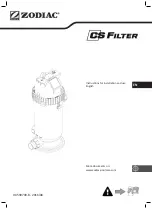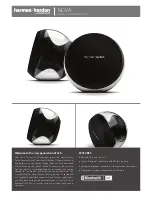
9
8
CO2 MONITOR
TAP
VALVE
DRAIN
COLD
HOT
The most economical way to cool the unit is drain to waste but is only
recommended if using waste water to cool with. Store RO waste water, old
nutrient water, and even rain water to use to cool the HydroGEN before
disposing down the drain.
HEAT EXCHANGER
COOLING METHOD
DRAIN TO WASTE
COOLING METHOD
WATER USAGE CO2 PRODUCTION
13 Gallons / hour
1.5 cubic feet / hour
26 Gallons / hour
3 cubic feet / hour
38 Gallons / hour
4.5 cubic feet / hour
75 Gallons / hour
9 cubic feet / hour
*
At minimum water flow setting.
Drain To Waste / Storage / Reuse
HOT
CO2
MONITOR
Another efficient cooling method is to circulate cool water from a large
reservoir used outside your grow room. Barrels, plastic tubs, and even small
above ground swimming pools can be bought for less than $75 and make
excellent reservoirs. During the off cycle the reservoir is allowed to naturally
cool down, so obviously this idea works great for cooler areas.
LARGE RESERVOIR
COOLING METHOD
Reservoir No Chiller Method
CO
2
NEEDED PER HOUR SUGGESTED RESERVOIR SIZE
1.5 cubic feet / hour 100 Gallon
3 cubic feet / hour
200 Gallon
4.5 cubic feet / hour
300 Gallon
9 cubic feet / hour
600 Gallon
*
For 12 hour CO2 cycle. Reservoir sizes are suggested only and can be
larger or smaller depending on your application.
W
ALL
Summary of Contents for hydrogen1
Page 8: ...14 15 ...


























